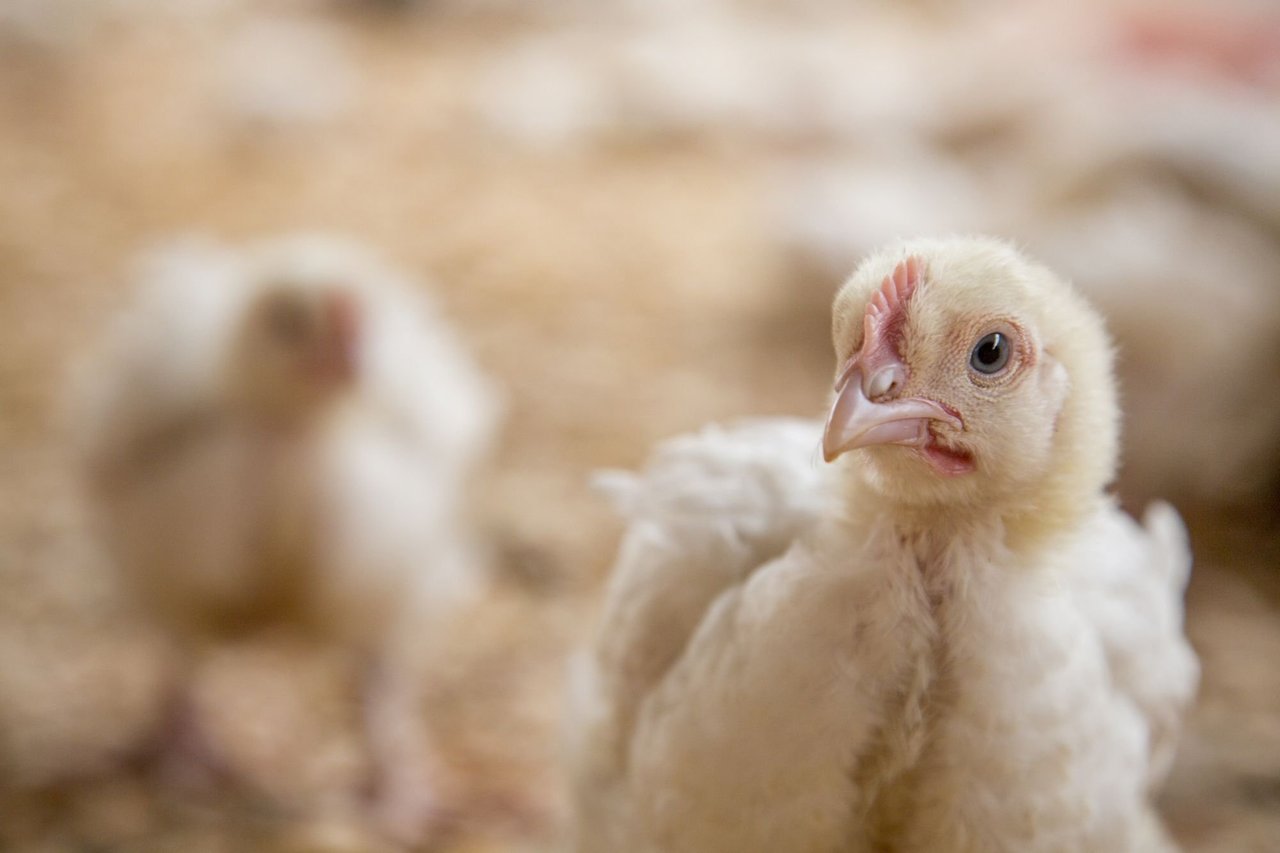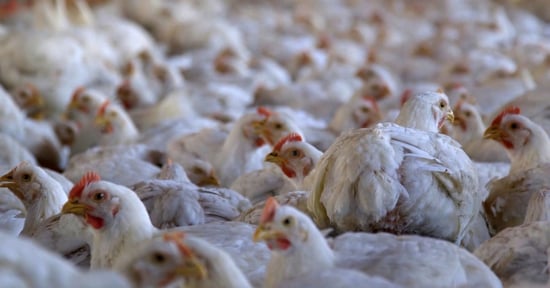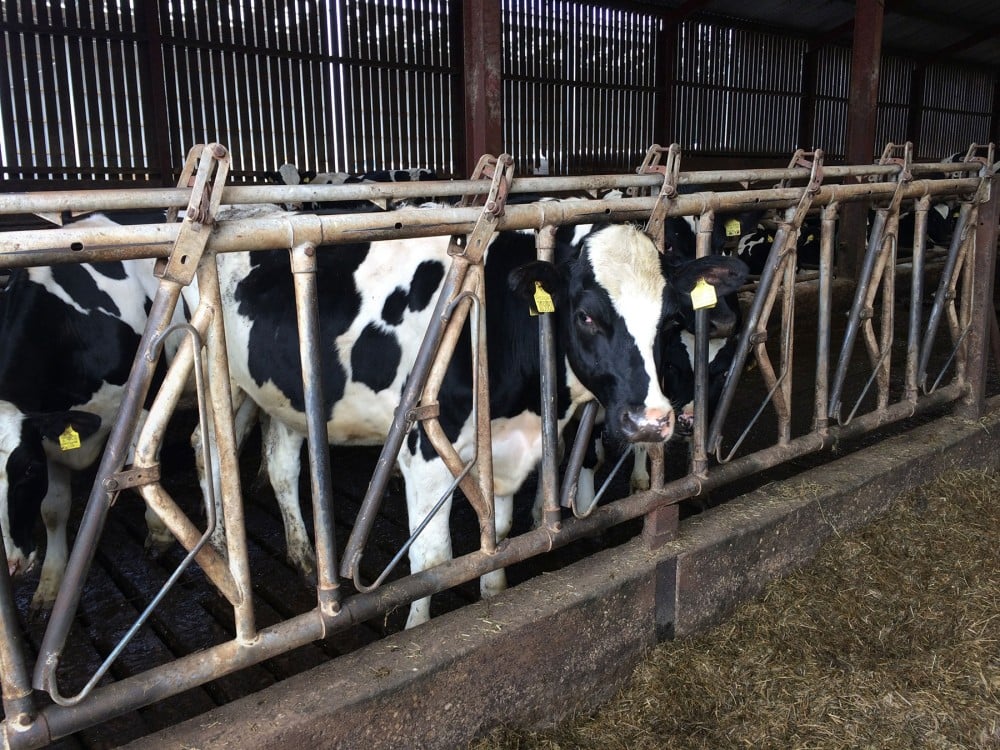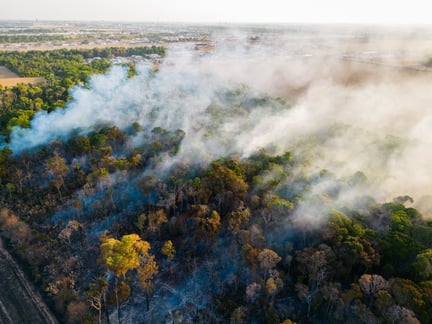As demand for meat and dairy grows around the world, the global trade in destructive crops to feed factory farmed animals spells misery for farmed and wild animals alike.
Destruction of habitats is out of sight, out of mind
Without the lucrative global trade in crops to feed farmed animals, factory farming would crumble at the knees. There would be no way to continue to produce billions of factory farmed animals every year to keep pace with growing demand for meat and dairy.
The wholesale destruction of habitats as land is cleared to plant crops for farmed animals is often out of sight and out of mind. It causes the cruel deaths of countless wild animals often on the other side of the world from where animals are farmed, and meat and dairy reaches consumers. But make no mistake, farmed and wild animals are suffering in their billions as cruel factory farming asserts its stranglehold on our planet.
Chicken and pork production to triple that of beef by 2050
Back in 1970, global beef production was roughly the same as that of chicken and pork combined. With the growth in factory farming, the most intensively farmed species – chicken and pork – are expected to be produced at levels triple that of beef by 2050. This means more habitat cleared to make way for crops to feed farmed animals. It means billions more farmed animals condemned to lives of suffering on factory farms.
Factory farming, the climate culprit
Factory farming is almost always overlooked as the climate culprit within the agriculture sector. Yet, greenhouse gasses from factory farm animal feed production and processing already represent 45% of total agricultural emissions. As factory farming worsens climate change, wild animals suffer agonising deaths from droughts, floods and fires. Animals are less resilient to disease and habitat destruction from animal feed crop expansion, increasing the risk of disease spill-over from animals to humans. Left unchecked, there is a strong risk that intensive agriculture could trigger the next pandemic.
The system is seriously out of kilter. You know that factory farming is winning and our climate and wildlife are suffering when farmed birds now make up 71% of all bird species in the world by mass.
Ultimately, we suffer as well. In 50 years, soy production has grown at double the rate of human population increase. Almost 80% of global soy is now fed to farmed animals, not used for human food. Local farmers are caught up in a profit-driven global trade in commodity crops for factory farms, meaning local communities go hungry.
Farmed birds now make up 71% of all bird species in the world by mass.
With the biggest meat and dairy companies’ climate impact now outweighing that of several developed nations, it’s time to reign in the big corporations responsible for the expansion of factory farming and its harms. They should stop destroying wildlife habitat when sourcing animal feed, stop producing so much meat and dairy, and move away from factory farming to humane and sustainable food production.

Are you ready to take action?
Governments should stop approving new factory farms. A moratorium on factory farming is an important step in the road to a future without factory farming and a world that is safe and humane for animals, people, planet and our climate.
Join our mission and change the way the world works through people's power. Take action today and support our efforts to stop farm animal cruelty and suffering. Forever.

Join our mission and change the way the world works.
Take ActionFactory farming: an overlooked cause of climate change
What are the effects of factory farming on the environment? World Animal Protection’s latest report seeks to answer this question and presents solutions to the climate crisis.

